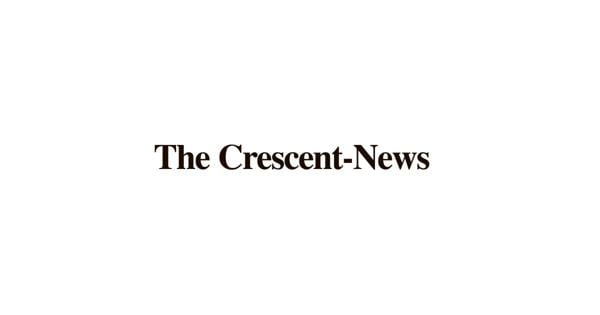The United States stock market experienced a notable dip on Wednesday, reflecting growing apprehension among investors regarding the Federal Reserve’s stance on future interest rate adjustments. This immediate market reaction underscores a prevailing uncertainty about whether the central bank will implement the anticipated economy-stimulating rate cuts by September, a prospect that had previously buoyed investor sentiment.
Major indices reacted sensitively to the evolving financial landscape. The S&P 500, for instance, saw a marginal decline of 0.1%, marking its first setback after a remarkable streak of six consecutive days establishing new all-time highs. Concurrently, the Dow Jones Industrial Average registered a more pronounced drop of 171 points, or 0.4%, while the Nasdaq composite managed a slight gain of 0.1%, indicating a nuanced response across different market segments.
Pressure on equity markets intensified as Treasury yields, a key indicator of bond market activity, began to climb. This movement coincided with the Federal Reserve’s unanimous decision to maintain its primary interest rate at its current level. While this specific action was largely anticipated by Wall Street, the accompanying commentary significantly shaped market expectations and influenced the broader economic outlook.
A significant catalyst for the market’s shift was the cautious tone adopted by Fed Chair Jerome Powell. His remarks effectively tempered prevailing expectations that the central bank might initiate a rate cut as early as its September meeting. This divergence from earlier market optimism prompted a re-evaluation of the immediate future of monetary policy, highlighting the Fed’s careful balancing act between economic growth and inflation control.
Despite the consensus to hold rates, internal debates within the Federal Reserve’s committee underscored the complexities of current economic challenges. Notably, two members dissented from Wednesday’s vote, advocating for lower interest rates as a means to alleviate pressure on the broader U.S. economic outlook. Their arguments reflect differing perspectives on the optimal monetary policy strategy to foster sustained economic stability.
Proponents of rate cuts argue that such a move could provide a substantial boost to the job market and the overall economy, stimulating growth and investment. However, the Federal Reserve faces the delicate task of balancing this potential stimulus against the risk of fueling inflation, particularly given the potential impact of new tariffs on consumer prices. The central bank’s dual mandate to maintain both robust employment and price stability remains its guiding principle.
In the immediate aftermath of Powell’s comments and the tariff announcements, traders significantly adjusted their projections for a September rate cut. Data from CME Group revealed a sharp decline in the perceived likelihood of such a cut, dropping from nearly 65% just a day prior to approximately 45%. This marked shift in investor sentiment underscores the profound impact of central bank communications and geopolitical trade policies on financial markets.





Leave a Reply